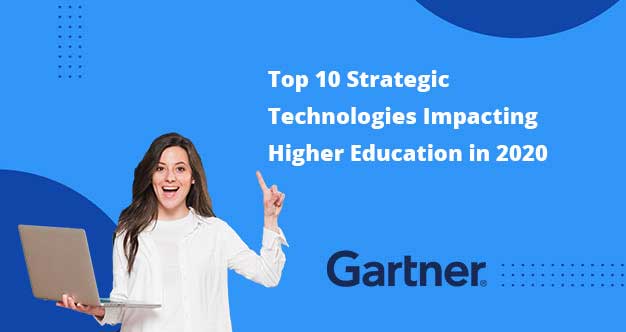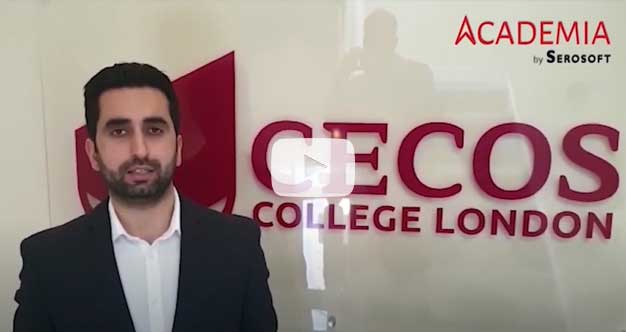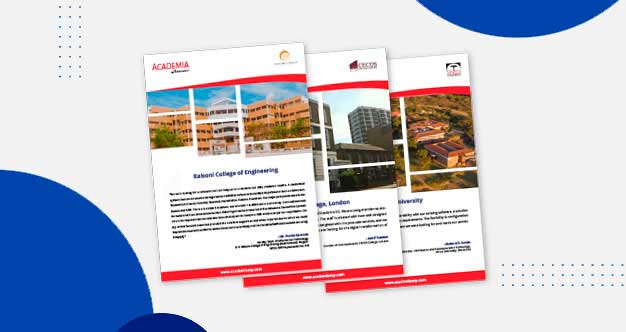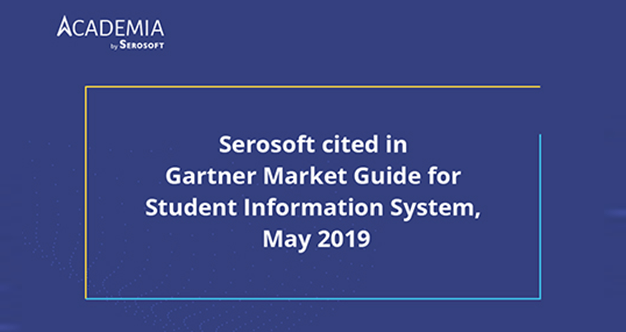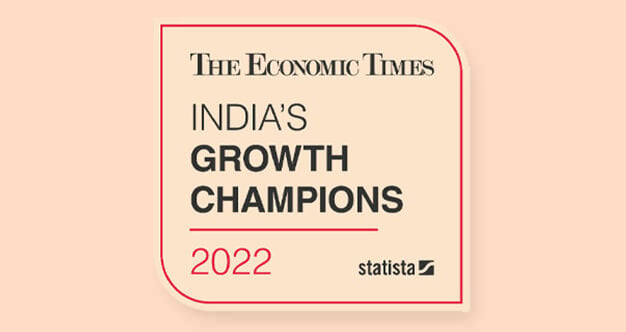Navigating Higher Education: Unveiling the Hidden Curriculum Gap
In higher education, the promise of access to knowledge and opportunity is vast. However, with an increasing number of students leaving school before obtaining their degree, it’s evident that the delivery of this promise is falling short. A staggering 40.4 million students have some college experience but no degree, a concerning statistic that demands our attention and action.
The surge in first-generation college students, now constituting 56% of learners, is a positive shift in access to higher education. Yet, it is also accompanied by challenges, exposing a hidden curriculum gap that disproportionately affects these students. The unwritten rules, norms, language, and expectations embedded in this hidden curriculum often become barriers, leading students to opt out of the education system.
Despite well-intentioned efforts to increase post-secondary degree attainment, the needle barely moved between 2010-2020. The root of this stagnation lies in a focus on solving academic barriers rather than addressing the real issue – the hidden curriculum. As someone who has worked closely with thousands of college students, I have witnessed firsthand the confusion and overwhelm they face when navigating unfamiliar territory.
One aspect of this hidden curriculum that warrants attention is the language barrier. Many students, especially those from first-generation and historically marginalized groups, find themselves unable to ask the right questions due to fear of appearing ignorant. This lack of understanding often leads to missed opportunities and contributes to the alarming number of students leaving higher education prematurely.
Consider the example of a student who avoided visiting a professor during office hours because she believed it was a busy time for the professor. The underlying issue here is not just the fear of approaching a professor but a lack of understanding of the purpose and definition of office hours. This example is a classic case of students missing valuable resources due to the hidden curriculum.
Another language-related barrier surfaces in the financial aid process. The complex jargon used in financial aid offer letters leaves many students, particularly first-generation ones, bewildered. Terms like “direct” and “indirect” costs create confusion, and students report not knowing the importance of calculation behind specific figures. Simplifying communication and using student-friendly language can significantly affect their comprehension and decision-making.
The solution to this language problem is straightforward: adopt simplified, proactive, and personalized student engagement strategies. Here are a few actionable steps to consider:
Proactive Language Assessment:
- Evaluate the language used in communications and aim to simplify it. Establish a goal to write all communications at an eighth-grade reading level. Eliminate jargon and provide explanations for unfamiliar terms.
Ask More Questions:
- Gain insight into the current state by asking questions such as:
-
- What can be done to reduce the risk of the hidden curriculum?
- What needs to be stopped to minimize the impact of the hidden curriculum?
- What practices should be continued to reduce the risk of the hidden curriculum?
Talk to Students and Test New Options:
- Incorporate student feedback into the assessment process. If there are recurring questions, it indicates a communication gap. Adjust terminology based on student input to enhance clarity.
Returning to the “office hours” scenario, a simple shift to terms like “visiting hours” or “drop-in hours” can make a considerable difference, especially for first-generation students who may find these terms more approachable.
Traditional approaches to improving educational outcomes have often overlooked the hidden curriculum’s impact. By acknowledging the role of language and communication, institutions can make significant strides in creating an inclusive and supportive higher education environment. Small changes, driven by a student-centric approach, can pave the way for a more accessible and understandable educational journey, ultimately ensuring that every student has the opportunity to succeed. As we prioritize these adjustments, we contribute to a higher education landscape that embraces diversity, supports individual needs, and propels students toward their goals.
Embark on the journey to reshape higher education by advocating for transparent language and personalized engagement. Join the movement to bridge the hidden curriculum gap and ensure every student’s success. Let’s simplify communication, ask crucial questions, and amplify student voices.
Curious about how our solutions can help your institution navigate the hidden curriculum more effectively? Request a demo today and explore the possibilities firsthand. Together, we can create an inclusive educational environment that empowers all learners.
You might be interested in our: Higher Ed Plans, click to learn more.
Related Posts:
 Higher Ed Plans
Higher Ed Plans K12 Plans
K12 Plans
